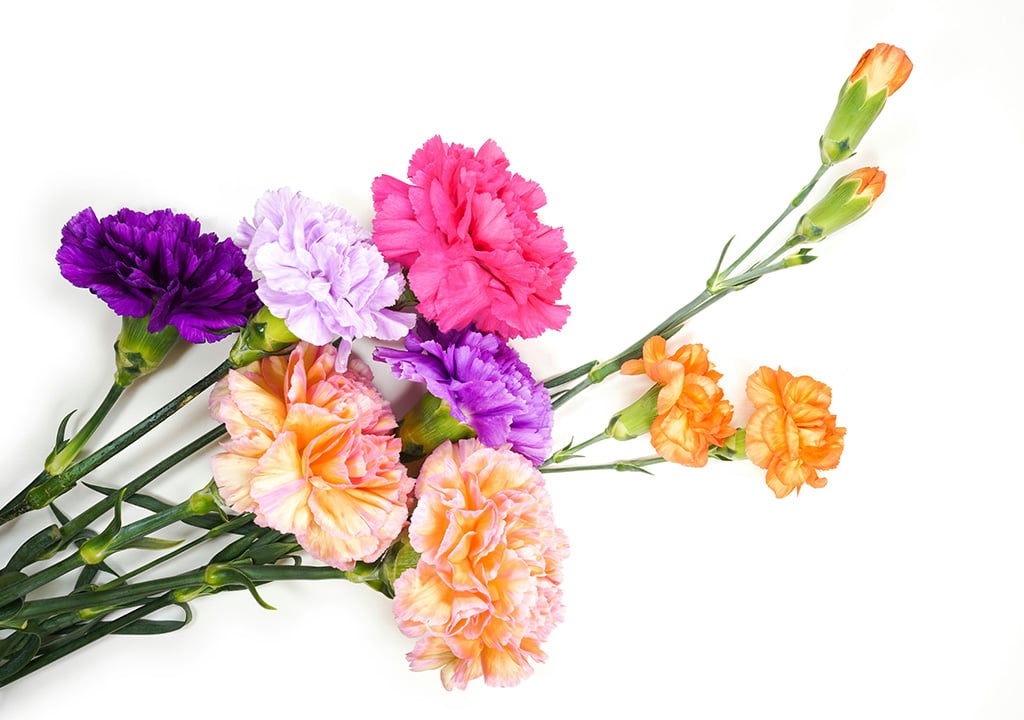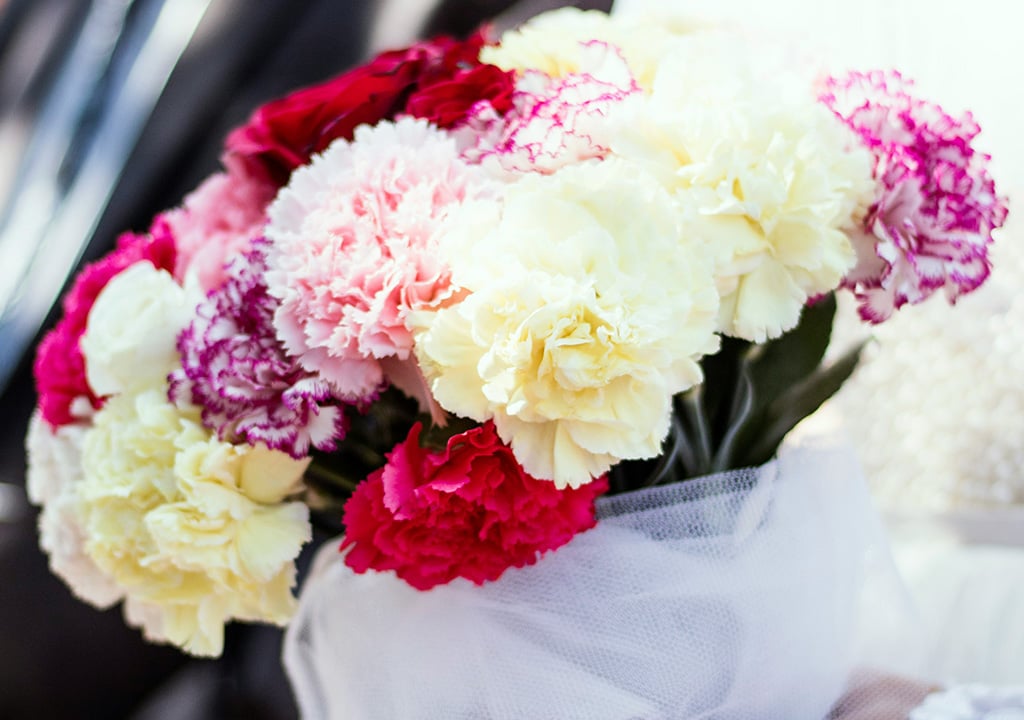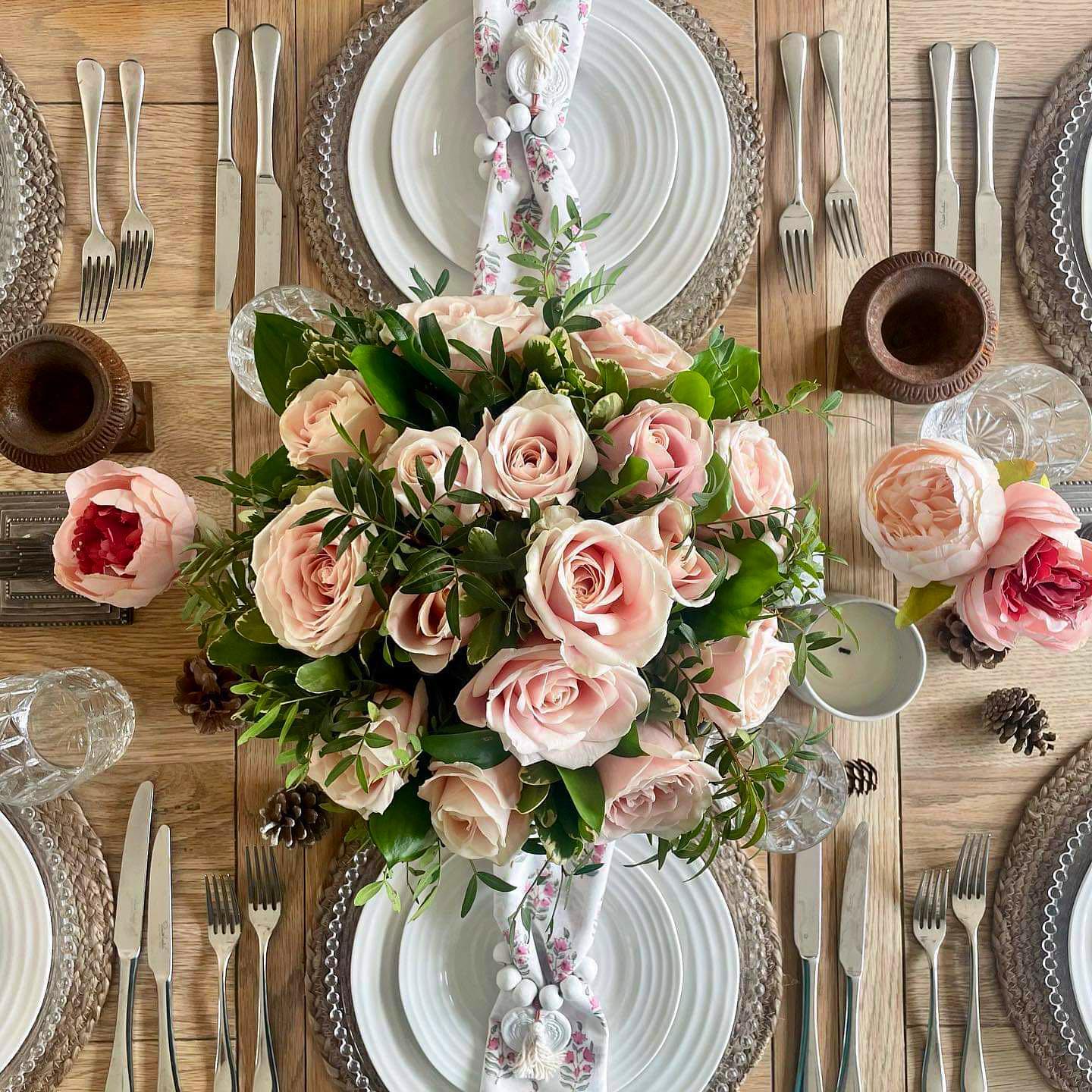What Makes Carnations So Special? Exploring Their Meaning and Significance
The Significance of Carnation Flowers
With their frilly petals, soft scent, and rainbow of colours, carnations have been turning heads for centuries. But there’s more to these classic blooms than meets the eye. Carnations have a rich and meaningful history that dates back to ancient times, making them one of the oldest cultivated flowers in the world.
In Ancient Greece and Rome, they were used in ceremonial crowns and garlands, symbolising love, admiration, and celebration. Some believe the name “carnation” comes from coronatio, the Latin word for “crown,” thanks to their role in royal and religious rituals. In Christian tradition, these blooms take on even deeper meaning. Pink carnations, in particular, are said to have grown from the Virgin Mary’s tears, which is why they’re often linked to motherly love and purity.
So, what makes the carnation so special today? From ancient legends to modern-day bouquets, these flowers continue to carry heartfelt messages without saying a word. In this post, we’ll uncover the fascinating symbolism behind carnations and explore what each colour means. Ready to fall in love with this timeless flower? Let’s dive in.
Meaning of the Carnation Flower by Colour
Carnations are not only loved for their ruffled petals and long vase life, but also for the deep meanings behind each shade. Here’s what each carnation colour traditionally represents:

Red Carnations
Symbolising deep love, admiration, and affection, red carnations are a popular choice for romantic occasions like Valentine’s Day. A darker red can convey intense passion, while lighter red shades are often used to express admiration and adoration.
White Carnations
White carnations represent purity, innocence, and good luck. They’re a favourite for weddings, christenings, and sympathy arrangements, offering a gentle way to mark new beginnings or honour cherished memories.
Pink Carnations
Pink carnations are closely tied to gratitude and motherly love. According to legend, they first bloomed from the Virgin Mary’s tears, making them especially meaningful for Mother’s Day and other occasions where love and appreciation are at the heart.
Yellow Carnations
Yellow carnations have a more complicated symbolism. Traditionally, they were associated with rejection, disappointment, or sorrow. However, in modern floral design, they’re also seen as cheerful and uplifting when paired with brighter tones, offering warmth and friendliness.
Purple Carnations
Purple carnations represent unpredictability and whimsy. Their bold colour makes them a striking addition to any bouquet, especially when you want to express a sense of creativity or individuality.
Green Carnations
Green carnations are a symbol of good luck and are especially popular during St. Patrick’s Day. They also hold historical significance in LGBTQ+ culture, famously worn by Oscar Wilde as a subtle symbol of identity and pride.
Cultural Perspectives on Carnations
Carnations hold deep cultural significance, with meanings varying across regions.
Western Traditions
In the West, carnations are symbols of love, admiration, and appreciation. They are popular for occasions like Valentine’s Day, Mother’s Day, and weddings. Pink carnations represent gratitude for mothers, red ones are linked to romance, and white carnations are often seen at funerals, symbolising purity and remembrance. In Christian tradition, pink carnations are said to have bloomed from the Virgin Mary’s tears.
Eastern Beliefs
In Eastern cultures, carnations also hold symbolic meaning. In China, they symbolise longevity, vitality, and enduring love, often gifted during anniversaries or to elders. In Japan, carnations are linked to respect and are placed on altars during the Obon festival to honour ancestors. Across the East, they are seen as symbols of purity, good fortune, and lasting affection.
The Role of Carnations in Various Celebrations
Carnations play a significant role in various celebrations due to their versatility and symbolic meanings. Whether it’s a joyous occasion or one of remembrance, carnations are often chosen for their beauty and emotional connection.

Weddings
Carnations are a timeless choice for weddings, symbolising love, admiration, and passion. White carnations are popular for bridal bouquets, symbolising purity, while pink and red carnations are often used in corsages, boutonnières, and table centrepieces.
Funerals
Carnations are also commonly chosen for funerals, symbolising remembrance, respect, and enduring love. White carnations represent purity and eternal remembrance, while red carnations express admiration. Pink carnations convey gratitude for a life well-lived.
Mother’s Day
Carnations have a special place in Mother’s Day celebrations, with pink carnations symbolising a mother’s undying love and gratitude. The tradition of gifting carnations stems from the belief that they bloom from the Virgin Mary’s tears, further enhancing their connection to motherly love.
Valentine’s Day
A popular alternative to roses, carnations are often given on Valentine’s Day to express love and admiration. Red carnations, in particular, symbolise deep romantic affection, while pink carnations convey admiration and respect.
Anniversaries
For anniversaries, carnations represent enduring love and appreciation. Red carnations are often chosen to celebrate lasting affection, symbolising both passion and gratitude in long-term relationships.
Teacher’s Day
In some cultures, carnations are given to educators on Teacher’s Day as a symbol of respect and admiration. Pink or red carnations are often used to show appreciation for the positive influence teachers have on their students.
Graduations
Carnations are also popular for graduations, representing success, achievement, and new beginnings. Often worn as boutonnieres or included in floral arrangements, carnations are a thoughtful way to celebrate the accomplishment of reaching an important milestone.
Fun Facts About Carnations You Didn’t Know
Carnations have a fascinating history that spans cultures and centuries. From their symbolic meanings to unique uses, there’s a lot more to these blooms than meets the eye! Here are a few fun facts you might not know about carnations:
- January’s Birth Flower
Born in January? Carnations are your birth flower! Symbolising love, admiration, and distinction, they’re the perfect way to celebrate your special day. - One of the Oldest Flowers
Dating back over 2,000 years, carnations were loved by the ancient Greeks and Romans. They’ve stood the test of time as symbols of love and admiration. - Long-Lasting Beauty
Carnations are known for their impressive vase life—up to two weeks or more with the right care! They’re a top pick for bouquets that last. - Medicinal Magic
Carnations weren’t just for looks, they were also used for medicinal purposes! Ancient cultures brewed carnation tea to relieve stress, soothe stomach aches, and heal skin issues. - A Scent Loved by Royals
Carnations were once a key ingredient in luxury perfumes, adding a sweet, spicy fragrance to high-end scents in the 18th and 19th centuries. - A Royal Favourite
Queen Victoria adored carnations, and they’ve been featured in royal bouquets ever since. Their timeless elegance continues to make them a symbol of grace and beauty.
Whether you’re drawn to their vibrant colours, sweet scent, or rich history, carnations are a timeless flower with a deep cultural and symbolic significance. From celebrating love on Valentine’s Day to honouring mothers on Mother’s Day, these blooms continue to captivate hearts across the world. So, next time you’re looking for a flower that’s as meaningful as it is beautiful, a carnation might just be the perfect choice!





